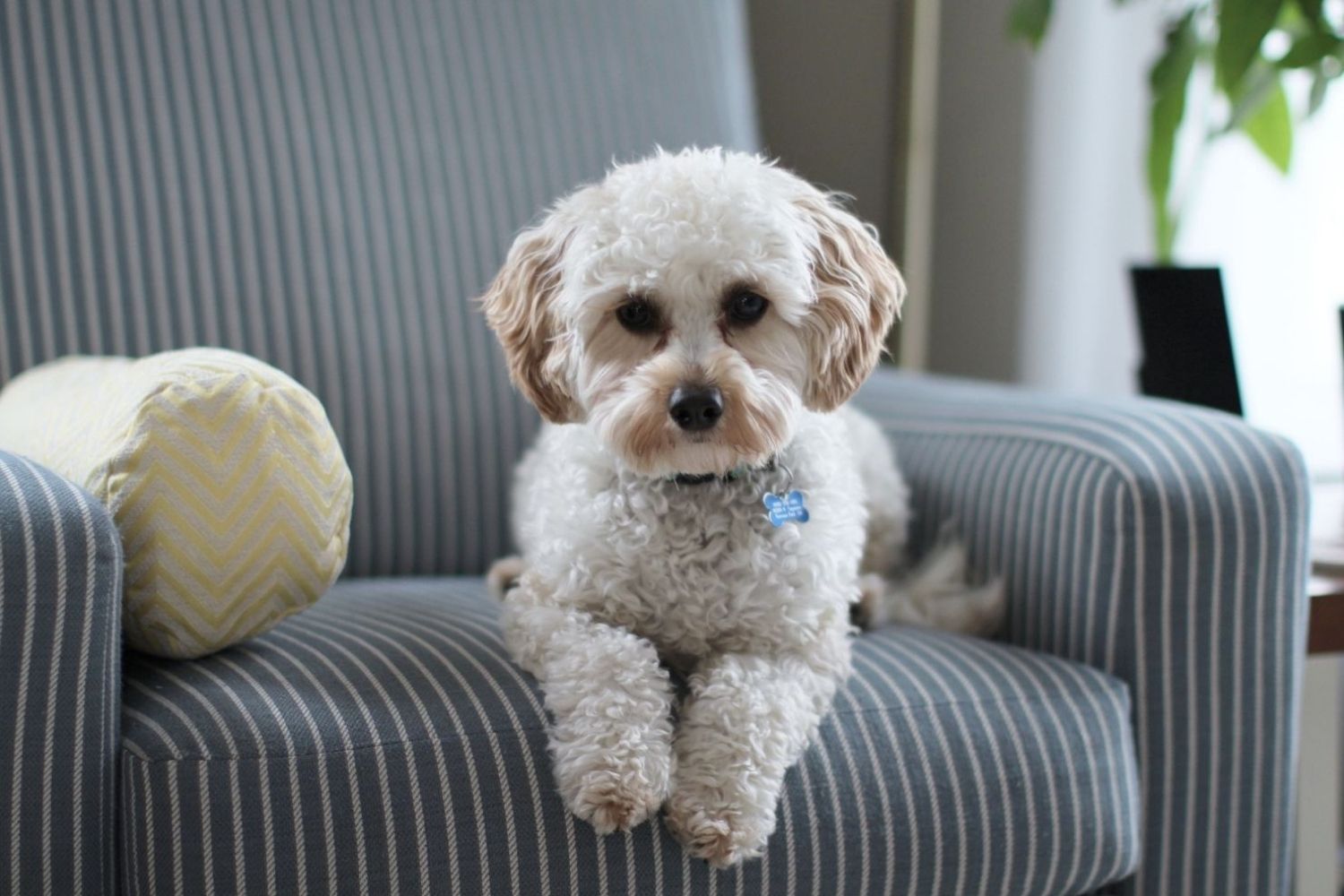With more of us staying inside due to the pandemic, our dogs are also probably spending less time outdoors.
While this time gives us an opportunity to spend quality time with our furries – lots of snuggles, kisses and cuddles – being holed up indoors does have it risks.
There aren’t figures showing how many pets get sick, however we do know that more than 3.8 million people die every year from indoor air pollution. And because our dogs are smaller and tend to spend more time inside, our four-legged best friends may be at risk of developing health conditions, with some being fatal.
Related: 10 Houseplants That Are Poisonous to Your Dog — And Safe Alternatives
Let’s take a deep dive into how indoor air pollution can impact your dog, and what you can do to protect him.
What is Indoor Air Pollution and Where Does It Come from?
While many of us think of pollution as being outside, the air in your home can also be contaminated. Some of the main sources of pollution inside of your home include:
- Volatile organic compounds, like paint, cleaning supplies
- Mold
- Tobacco smoke
- Carbon monoxide
- Some household products and pesticide
- Stoves, fireplaces and chimney burning materials, including wood and coal
Even products you don’t think of as pollutants, including candles and essential oils, can have an adverse effect on your pooch.
“When the plug-in air fresheners first came out, we saw a massive spike in asthma cases. The propylene glycol in these air fresheners is very irritating to the lungs,” said Dr. Ruth Roberts, a former veterinarian and holistic pet health coach.
Poor ventilation can also contribute to indoor air pollution.
“Some homes are built so tightly that there isn’t very good air flow. Additionally, the fiberglass and plastics used to build homes can contribute to indoor air pollution,” explained Dr. Roberts.
Related: Meet the Guy Obsessed With Dog Food Recalls
Health Effects of Indoor Air Pollution on Dogs
If you smoke cigarettes inside of your home, it’s time to put the butt out. Not just for your health, but for the sake of your pup. A study conducted by Colorado State University concluded that dogs exposed to secondhand smoke suffered from more allergies, eye infections, and upper respiratory concerns, including lung cancer.
As for pesticides, a study conducted by the University of Massachusetts and the Tufts University Cummings School of Veterinary Medicine recorded the long term effects of these substances on the pets of 700 dog owners. Thirty-three percent of the dogs were diagnosed with a type of cancer known as canine malignant lymphoma. Moreover, the study concluded that dogs had a 70 percent higher risk of developing cancer if pesticides were used within the home.
“The long-term effects of many of these pollutants aren’t going to show up for many years. In the short term, you’ll notice upper respiratory issues in your pet, including runny eyes, sneezing, and coughing. You may also notice lethargy,” said Dr. Roberts.
What You Can Do to Protect Your Pet
Because your dog spends the majority of his time inside the home or yard, it’s imperative to take the proper steps to minimize his exposure to air pollution, both inside and out of the home.
“Take inventory of what you’re using inside of your home. Don’t use essential oils or air fresheners. Also, check your home for mold. Another thing you can do is to get a UV filter installed in your AC/heating unit to destroy a lot of the allergens and pollutants that are being recirculated throughout the home,” said Dr. Roberts.
Some steps you can take to reduce indoor air pollution include:
- Changing air filters frequently
- Vacuuming to remove dander, hair, and other allergens
- Not smoking indoors or around your dog
- Using chemical-free products in your yard
- Buying wood furnishings that have minimal, if any, processing to decrease the amount of formaldehyde that can be found in resins of pressed wood
- Minimizing usage of essential oils and air fresheners
- Buying paints that are low in VOCs
- Keeping humidity in the home low to decrease mold and mildew
- Hang-drying wet clothes or having your dryer ventilator directed outside to reduce mold
- Fixing leaky pipes to also decrease mold and bacteria
- Using pet-friendly disinfectants
With so many of us spending a lot more time indoors, it’s critical to take the necessary steps to protect our health and the health of our dogs from indoor air pollution.
Related: How to Keep Your Dog Safe From the Everyday Toxins Lurking Around Your House



















